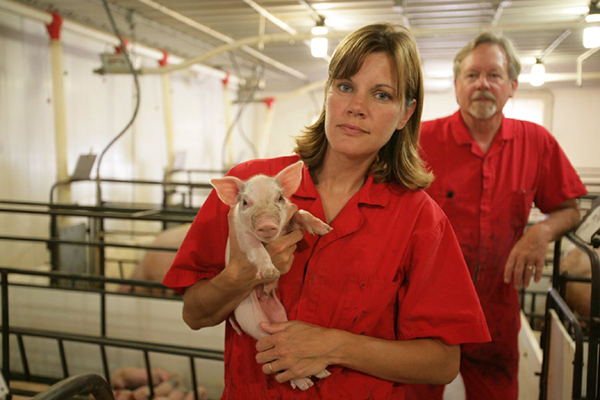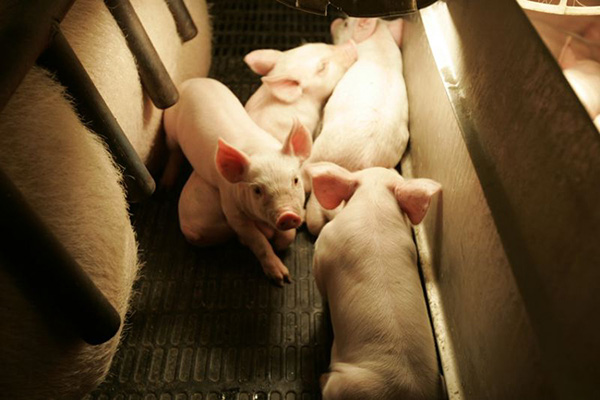
 Two recent conversations about record-high hog futures illustrate some of the misconceptions about what today’s market means for swine producers. One involved industry outsiders, who remarked on the fortune awaiting hog producers – as if farmers sit back and wait to sell at that magical point when the market hits a high. By comparison, a recent speaker at a hog conference quipped about the only two producers in the audience positioned to cash in on the high prices.
Two recent conversations about record-high hog futures illustrate some of the misconceptions about what today’s market means for swine producers. One involved industry outsiders, who remarked on the fortune awaiting hog producers – as if farmers sit back and wait to sell at that magical point when the market hits a high. By comparison, a recent speaker at a hog conference quipped about the only two producers in the audience positioned to cash in on the high prices.
The reality lies somewhere in between.
Many of our producers are more than 50 percent hedged for 2014, after locking in profitable margins during much of 2013 -- well before the porcine epidemic diarrhea (PED) virus intensified in late 2013 and early 2014, helping to fuel worries about tight pork supplies.
Industry outsiders might see that decision as regrettable – an opportunity lost. But astute producers know that hedging is an important part of their risk management plan, even when it means missing out on market peaks because it also can mean avoiding the valleys.
Most of the producers we work with in Iowa, Nebraska, South Dakota and Wyoming still anticipate good profits in 2014. But the PED virus weighs heavily on the industry. Most producers are either preoccupied with managing through PED outbreaks or taking all means available to prevent an outbreak on sites that are still PED-free.
While PED continues to spread, our producers report some progress in reducing mortality rates inside their farrowing rooms. They have worked closely with their vets to devise protocols for early weaning, biosecurity and other techniques deemed appropriate to their specific operations. Vets also can advise producers on prudent steps to take ahead of a possible PED outbreak; advance planning could go a long way in reducing mortality rates and the length of a PED outbreak.
PED appears to be a risk that producers will have to learn to manage for months, maybe years, to come. As a result, producers will want to factor it into their equations when calculating the appropriate level of risk protection.

